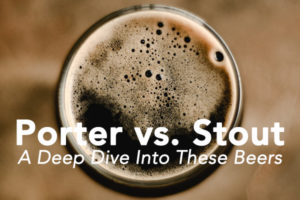There’s no better time to drink that modern-day Oktoberfest beer, than – all the time! I’m sure, you’ll agree!
However…
It might not be readily available in your area at the exact time that you want it.
How sad is that?
But don’t you worry because we know exactly how to solve that little issue.
All you have to do is read through this article to see:
- The ingredients and processes in this festbier recipe you need to brew an authentic Festbier beer;
- Alternatives to the German ingredients for when they’re not available in your location;
- A little history and detailed description of this remarkable beverage;
- Some tips about brewing and serving this beer; and
- Lots more!
Keep scrolling to know more about why people go all the way to Munich just to chug liters of this Oktoberfest clickbait!
Gather your grains…
… and happy brewing!
The History of Festbier
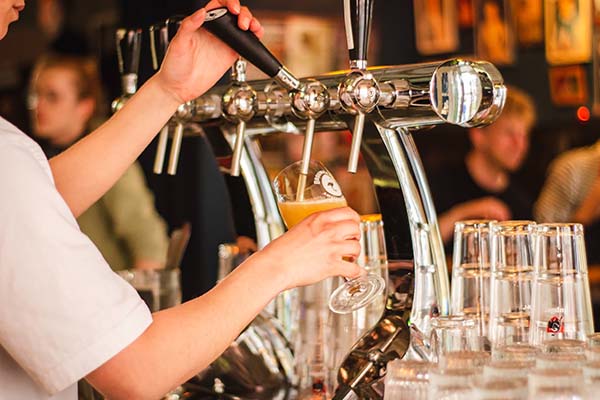
You might’ve guessed that such a good German lager as Festbier had gone through a lot before being this perfect.
But…
Would you believe that today’s Festbier served in Munich isn’t the same traditional Oktoberfest beer style?
Meanwhile, everywhere else in the world, people are keen on following the original recipe.
How did that happen?
They say that the only thing constant in this world is change, right? Well, Oktoberfest isn’t celebrated in October anymore. So, there’s no surprise that even the beer served in this festival was bound to change too.
At first, it was more amber style than this clear, bright yellow malty goodness. But the head brewer at Paulaner noticed that people like to consume this beer by the liter.
The problem was that it was too heavy for drinkers, so they tended to stop after just a few glasses.
Hence…
They made Festbier a lighter version that would encourage drinkers to drink more. And it was a success!
So now, we have this delicious beverage with the right alcohol by volume that we can chug in as much as we want – Oktoberfest style!
Style Profile & Characteristics
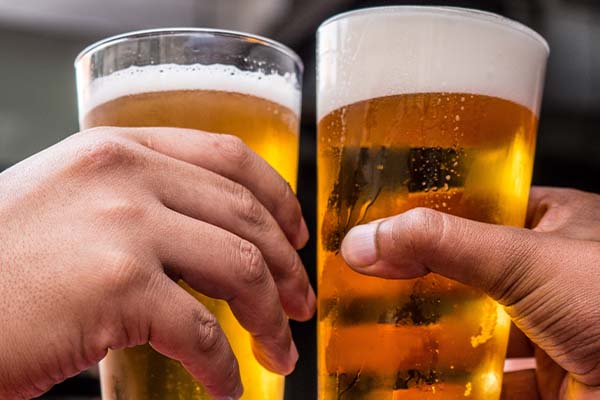
Over the years, beer lovers and brewers finally standardized Festbier.
Festbier should have 1.054 to 1.057 OG (original gravity) and 1.010 to 1.012 FG (final gravity).
Its ABV (alcohol by volume) should be within 5.8 to 6.3%, and it has to have 18 to 25 IBU (International Bitterness Unit).
In terms of color range, Festbier is between 4 and 7 SRM.
But…
If you don’t like numbers, don’t worry. You’ll know it’s a Festbier just by looking at it, smelling it, and of course, tasting it.
First, Festbier is a clear beer with a deep gold or bright yellow color. It should also have white foam.
When you smell it…
You should be able to get that soft sweetness and moderate maltiness in Festbier’s aroma.
And when we say malty, we mean that Festbier smells a little bit like bread dough or biscuit, but with some caramel in it.
Also…
Festbier should exude low hoppy aromas.
It’s doesn’t have to smell too bitter. But this beer is known for its distinguishable hop aroma mixed with some herbal and floral notes.
And then, when you taste it…
Festbier should feel smooth and creamy. You won’t tell it’s carbonated, but there should be a low alcohol warmth.
And the sweet and moderate maltiness should be the most distinct flavors – especially the Pilsner malt.
Don’t forget to look for that sweet doughy taste mixed with a spicy, herbal, or floral hop bitterness.
Lastly…
You’ll find out later that the Festbier brew is close to the process of making pale lagers. So your brew should have that clean lager character.
Festbier Style
Brewers argue that Festbier is more similar to a Helles Bock or Maibock than a Marzen, which is considered the Oktoberfest staple.
But according to BJCP (Beer Judge Certification Program), modern-day Festbier is a little bit of both.
In other words…
Festbier style is richer and heavier than Maibock, but less in intensity and Marzen’s darkened toast aroma and flavor.
It’s kind of an in-between, which makes it more unique.
Moreover…
BJCP also compares Festbier with the Czech Premium Pale Lager because of the similar malt complexity.
But Festbier has less hop intensity and lower gravity.
And when it comes to appearance…
Festbier’s only difference from the clear types is that it’s crystal clear. We’re talking about brilliant, shiny, squeaky clean – you won’t find a trace of ester or ketone.
Just by looking at it, you’ll guess that Festbier is a light beer in terms of alcohol and bitterness level.
Ingredients For Festbier Recipe
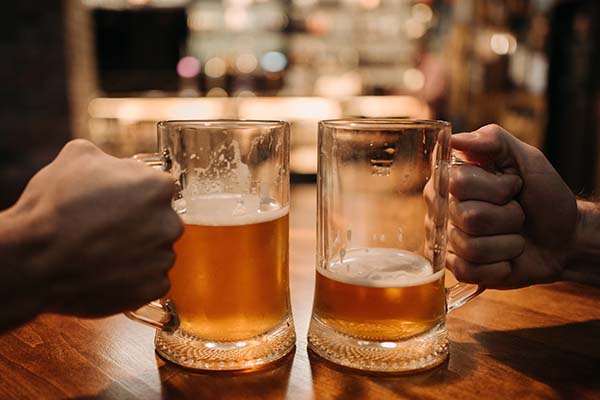
Festbier’s needs are simple. But they’re very specific. You need to prepare yourself to meet German products since, after all, this is a German beer.
However…
We understand that there might be some things that aren’t available where you are. So, we added in the best alternatives that we can recommend.
Here goes…
Grain Bill
The most important part of the bill is the German Pilsner malt. You can opt for Bestmaltz or Weyermann, as long as you get 9 pounds of it.
And you should have one pound of either Vienna malt or Munich malt.
Also…
You can add up to 8 ounces of Victory malt or Melanoidin malt. This is optional, and you shouldn’t put too much of it.
These German malts are responsible for Festbier’s light color and generally maltier flavor than other beer styles.
But just a little tip:
As much as possible, use a floor-malted Pilsner malt for this recipe. It’s easy to find, anyway.
Floor malting ensures minimum modification and a more authentic pale, malty European lager.
Bittering Hops
You can only have the best German beer with German noble hops.
You may choose among the most popular ones: Spalt, Saaz, Hallertau, or Tettnang. But if you can’t find any of those, American hops like Willamette would work too.
For this recipe…
Only 3 ounces of aroma hops will do. But divide it into two equal parts because you’ll add them to the pot at separate times.
This is the ingredient that would bring slight balancing to the beer’s sweetness.
Yeast
If you want the best beer that you can brew Festbier style, we recommend only one yeast.
It’s the Munich lager yeast or Wyeast Labs 2308.
But…
There are great alternatives too.
You may opt for German bock lager, Southern German lager, Amber lager, or Bohemian Lager. And don’t forget the good old Oktoberfest lager.
German Festbier Recipe: Step-by-Step
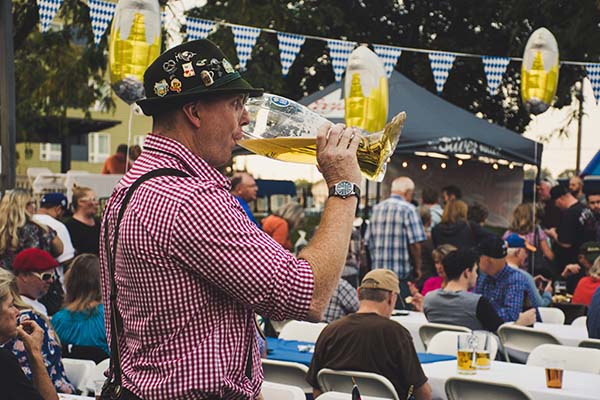
So, we’ve come to the brewing process. It’s going to be easy, but not quick. We’re talking weeks of waiting here.
But…
You know what they say, patience is a virtue – especially if the beer at the end of the rainbow is worth it.
Now, all you need is to follow these easy steps for thisfestbier recipe:
Mash
If you’ve been brewing for a while, you might already know that you can get malt extracts that would make this step easier.
But if you have grains, then you need to steep them first.
When you have the extracts…
You can start making the mash by pouring them into five gallons of RO water (also known as Type III water). Or, you can use distilled water instead, but treat it with Calcium Chloride.
First, put in the base malt and add the others as you heat the mix.
When the mash boils…
… add hops (1.5 ounces first). Let it keep boiling for 60 minutes. And then add the remaining hops and boil for another 5 minutes.
Ferment
Set the fermentation chamber at 50 degrees Fahrenheit or 10 degrees Celsius as you wait for the mash to cool down.
Then, transfer the mash, pitch the yeast, and now, you wait.
After ten days…
Slightly raise the temperature. Around 54 degrees Fahrenheit or 12 degrees Celsius should be fine.
And you wait again.
After four days…
Raise the fermentation temperature again to 65 degrees Fahrenheit or 18 degrees Celsius. You’ll only need to wait for another two days before you can proceed to the next step.
Which would be…
Cold-Crash
You just gave your beer a diacetyl rest in the last two days. Now, your beer is ready for lagering.
How?
Drastically lower the temperature to about 50 degrees Fahrenheit or less. Then, the waiting starts again.
This time, you’ll wait for six whole weeks. It won’t feel too long once you finally taste that Festbier goodness!
Carbonate
When those six excruciating weeks are over, your beer is ready! You can rack them or store them in bottles.
Don’t forget to carbonate them with 2.25 CO2 volumes. And make sure it ticks the rich yellow appearance, light toast aroma, hop flavor, and other checkboxes.
Enjoy
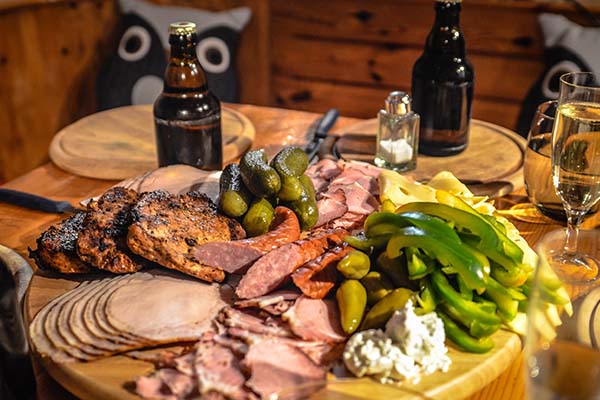
What’s better than beer? More beer with the best food pairing!
With Festbier…
You’ll get the perfect experience when you drink it with grilled chicken, sausages, battered fish, or smoked pork chop. It’s pretty much what you’ll find in Oktoberfest beer tents!
But it’s also good with cheese and Bavarian pretzels because its sweetness complements salty so well.
Tips to Brewing With This Festbier Beer Recipe
The typical single infusion mash would do.
But for best results…
We suggest that you do a step mash or decoction mash if you can. It’s how the original Festbier is done, and it would work well with floor-malted grains.
Also…
You should check your local water characteristics because you might need acidulated malt to be more similar to Munich conditions.
You may consult an expert or online calculators for how much acid malt you’ll need. It’s optional, but it can make a difference.
Lastly…
Set your brew day early because, as you might’ve observed, it’s a long process. You don’t want your Festbier to miss the Oktoberfest celebration!
Conclusion – BestFestbier Recipe
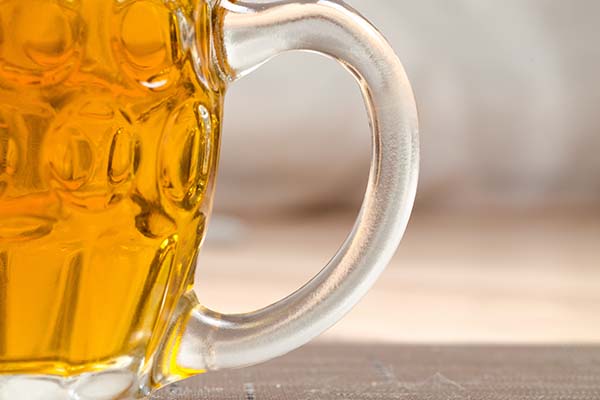
That wasn’t so hard, right?
Don’t deny it – the clear yellow liquid with white foam on top beckons you. Since it’s low on alcohol content, don’t be scared to have some more!
Festbier might’ve started as an Oktoberfest tradition, but you can have it any time of the year by following our festbier recipe above.
But here’s a gentle reminder…
Drink responsibly, buddy!



